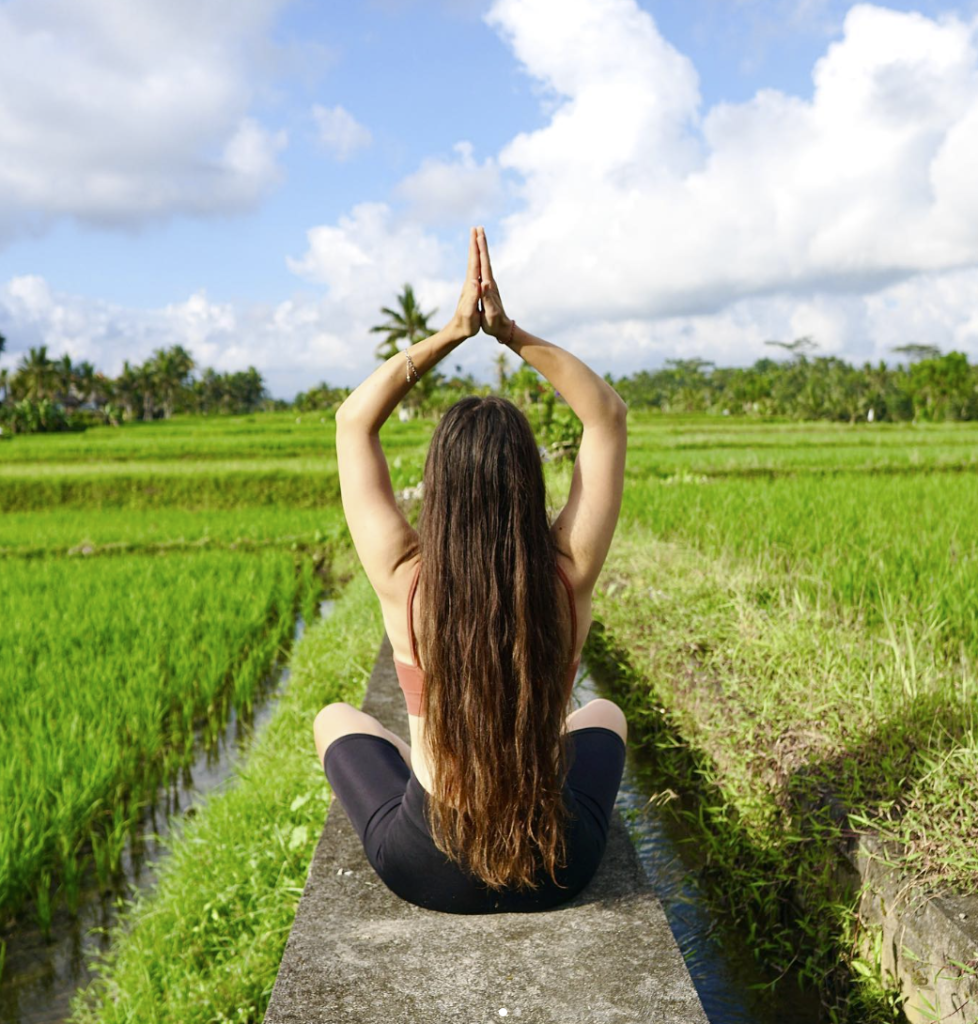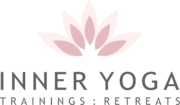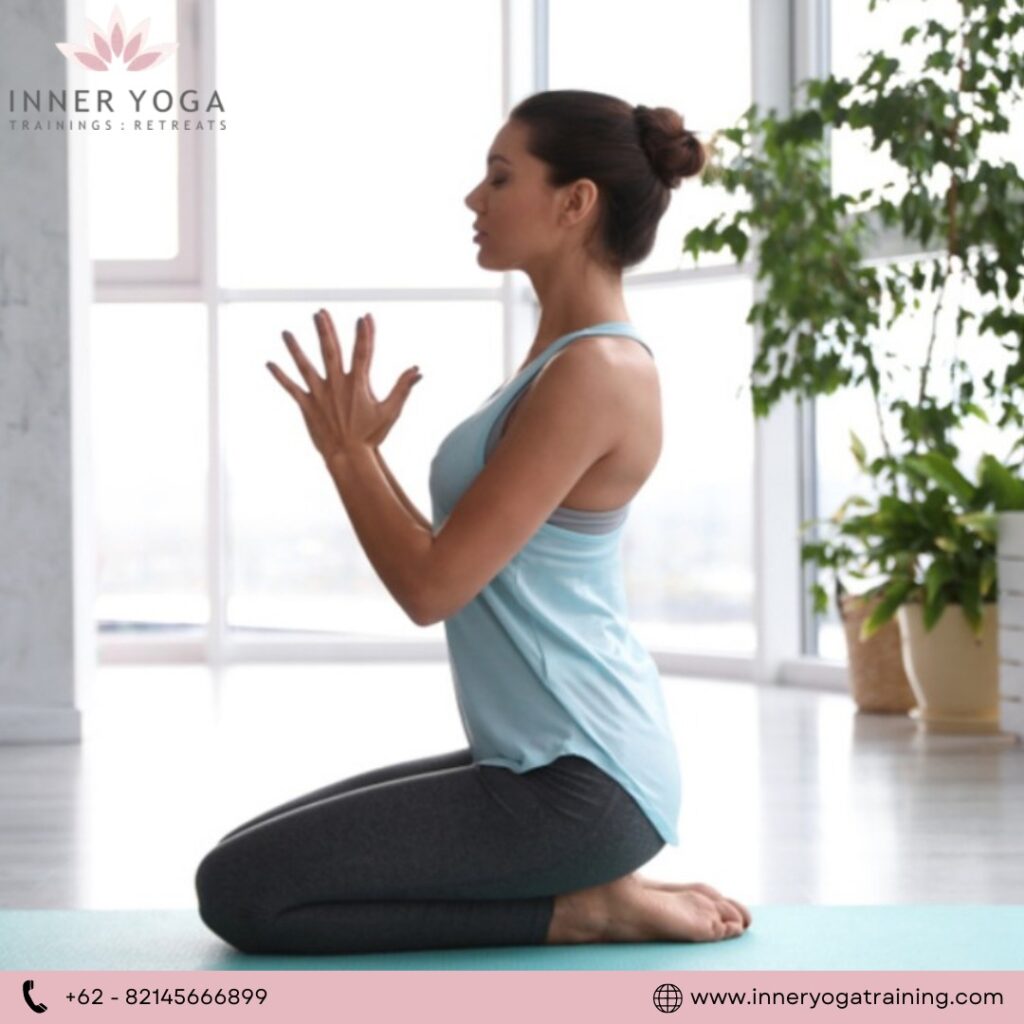In yoga, the Vajrasana pose is a simple sitting position. Vajra is a Sanskrit word that means thunderbolt or diamond.
In this pose, you kneel and sit back on your legs to relieve knee strain. In this position, you can do breathing and meditative exercises that make your body as strong as a diamond. We’ll show you how to do Vajrasana pose yoga and all the benefits it brings.
Benefits of Vajrasana pose
A better digestion:
This asana helps digestion by stimulating the digestive organs after meals. This helps to relieve gas and bloating problems. Furthermore, it promotes a healthy digestive system and lowers body acidity.
Back muscles strengthened:
Practicing this pose helps align the spine and improve the overall body posture.
Anxiety and stress reduction:
Yoga poses that relax the nervous system are excellent for reducing stress and anxiety.
Enhancing blood circulation:
A person with blood circulation issues can benefit from sitting in this position because it increases blood flow levels in the pelvis and legs.
Improved flexibility:
Practicing Vajrasana regularly can improve the flexibility of the knees, ankles, and legs.
Precautions and Tips
- If you have knee or ankle injuries, avoid Vajrasana. Feel free to release the pose if you feel uncomfortable. If possible, practice this asana on an empty stomach to avoid discomfort or bloating.
- You may find it hard to sit in this pose for a long time if you’re new to yoga. As you get comfortable in this pose, you can sit longer.
You Should Include Vajrasana in Your Routine
You can incorporate Vajrasana into your daily routine using these tips.
Warm-up:
Make sure you warm up your knees and ankles with gentle stretches and movements before this pose.
The Right Time:
Ideally, you should do Vajrasana Yoga in the morning or evening on an empty stomach.
Keep it consistent:
You have to practice Vajrasana regularly if you want to reap the full benefits. Maintain a regular practice, even if it’s only for a short time.
Combine with meditation:
Following Vajrasana with a short meditation session will enhance its calming effects. Try to forget about any tension you have in your body or mind and focus only on your breathing.
Pay attention to your body:
Despite its many benefits, Vajrasans is not suitable for everyone. Remember to listen to your body and modify as necessary to avoid discomfort.
How to do Vajrasana yoga pose
Get a quiet place:
Put yourself in a quiet and peaceful spot so you can practice.
Get down on your knees:
Get on your knees and keep them together. You should touch your big toes and have a slight space between your heels.
Straighten Your Back:
You should now straighten your spine erect and relax your shoulders. Place your hands on your knees with your palms facing down.
Focus on breathing:
Deeply inhale and exhale while taking slow and deep breaths.
Hold the Pose:
Initially, stay in this position for 5-10 minutes, gradually increasing the duration as you become comfortable.
Release the Pose:
Slowly lift your hips to return to a comfortable sitting position after completing Vajrasana.
Vajrasana pose variations
Once you are comfortable with the basic Vajrasana, you can try the following variations to spice it up:
Supta Vajrasana (Reclining Thunderbolt Pose):
Releasing your abdomen and thighs while reclining backward from your seated position is the purpose of this variation.

Ardha Vajrasana (Half Thunderbolt Pose):
As a result of this variation, only one leg is bent while the other remains straight, resulting in a milder stretch to the knees and ankles.

Parvatasana (Mountain Pose in Vajrasana):
Combining Vajrasana with a slight forward bend promotes spine flexibility.

The Takeaway
Vajrasana is a kneeling pose that can help with digestion, constipation, and hypertension. Consult your doctor before beginning a yoga program. Those with knee or spinal cord issues or issues related to the large or small intestine might want to avoid Vajrasana.

